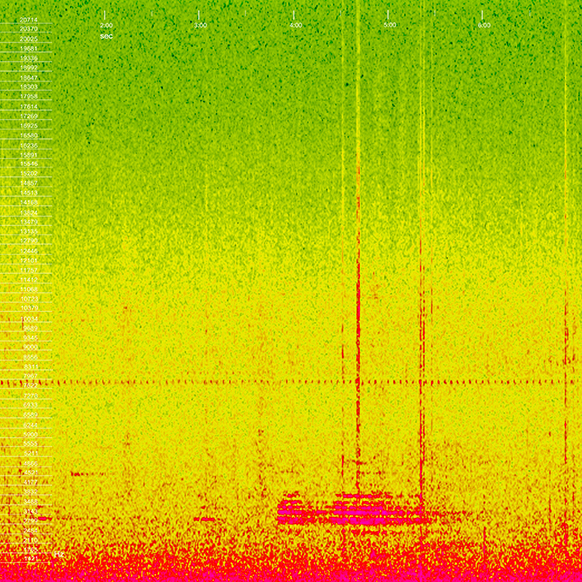This issue of the Perkins&Will Research Journal includes four articles that focus on different research topics, such as explorations with net-zero energy design in office buildings, digital design processes and fabrication, design strategies to mitigate incidents in vertical transportation, and design factors that decrease noise levels in urban areas.
“Revolutionizing the Office Paradigm: The Future Net-Zero Energy Office Building” explores net-zero energy design for an office building in Washington, DC. The article discusses site planning, zoning, building massing strategies, energy systems, facade and structural system, renewable energy sources and resilient design strategies for future office buildings through this case study. It concludes with recommendations and considerations for developing netzero commercial buildings.
“Genesis of Design and Form: Active Fabrication of Plywood and Latex Composite” investigates biophilic design and fabrication of a composite material. The article explores digital design process, form-finding and geometry exploration, structural performance of this composite material and digital fabrication. The final prototype of the material was used to manually assemble an installation, which is presented in the article.
“Escalator Safety within an Outpatient Clinic: A Review of Escalator Incidents and Possible Mitigation Strategies” presents a research study that investigated users’ behavior and circulation around escalators in a healthcare facility to improve movements around this type of vertical transportation. The research methods included site visits and observations, which provided insights into users’ behavior and potential risks. The article suggests possible upgrades and passive design techniques that can be employed.
“Sound Parks: Invisible Agents of Urban Well-Being” discusses relationships between sound pollution and parks, and design factors that decrease noise levels in urban areas. The article discusses four urban parks in New York City, where sound measurements were conducted. The results indicate that urban parks effectively decrease noise levels. The article concludes with strategies that should be included into future designs of urban spaces, which consider auditory conditions.
